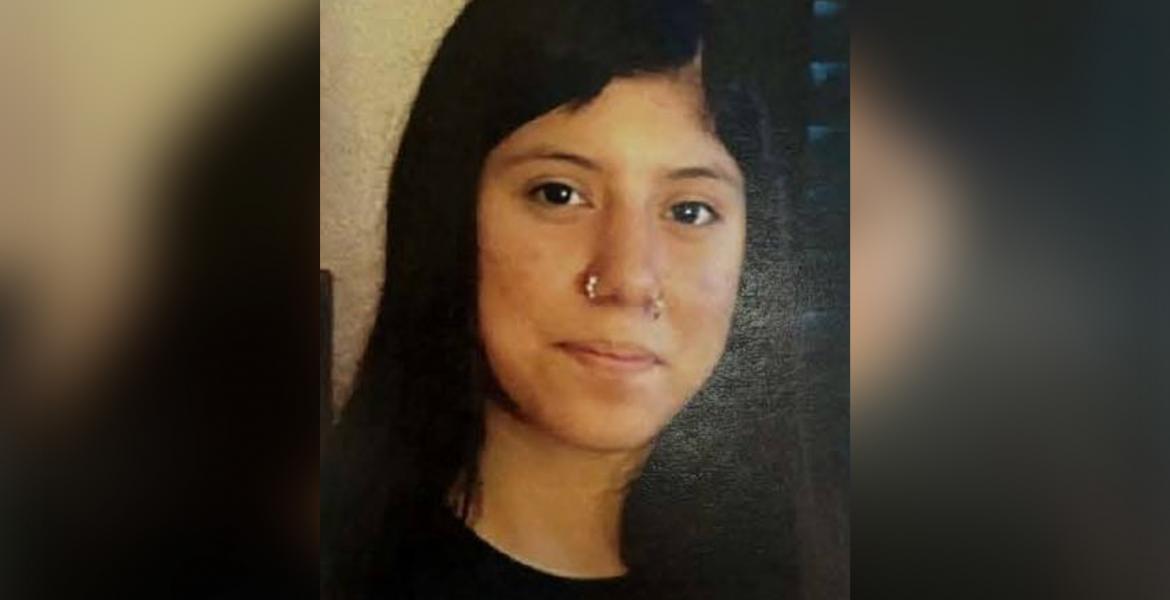Stabbings, shootings, blunt force trauma: In a span of over 20 years, 13 San Angelo murder cases have gone cold. The victims range in age from their early 20s up to their mid-80s and include business owners, students, and elderly women inexplicably slain in their homes.
Since 2010, the San Angelo Police Department has dedicated two part-time investigators to working the cold case files, and so far, three have been solved. Now, cold case detectives Jim Coleman and his partner, Sam* [name changed for anonymity] are working to solve the remaining 13.
“The first thing [Sam] and I do on any of these cases when we get one, we have to go through the whole case file, the whole case jacket…spend a month or two months and then type a narrative, a synopsis that goes pretty much from step one all the way through everything that’s been done,” Coleman explains.
“Most of the time it’s not a case file, it’s a case box or multiple boxes,” Sam adds. “There’s no telling who’s worked on it over the years…for us, it’s kind of like starting over every time.”
The detectives utilize old reports, evidence and witness statements—anything in the case box or boxes that has accumulated over years of investigation—and try to find new leads or links that may have been overlooked in the past.
Through advances in forensics technology, samples and evidence are sent off and tested with the hope of yielding case-cracking results. “[We have to] double check [evidence] and make sure things have been sent off,” Coleman said. “You’ve got advances in forensic sciences that haven’t been around. Just in the past five years there’s been advances, so then you think back 20 years and…that type of technology didn’t even exist.”
Technology plays an integral role in the investigative process, as detectives are met with the hurdles of antiquated investigative methods. Last month, for example, several items were first digitized from VHS and micro-cassette, enabling the detectives to view the materials with modern electronics.
The hope of finding something amongst the artifacts in the box is great, but Coleman says there are pieces of evidence that will just never produce any leads, regardless of the technology.
“Some things, you say ‘ok, it’s been 10-15 years. Surely things are better now,’” Coleman says. “Then you go back and look at that evidence and you’ll cover a portion of a bullet that was used to kill somebody and the shape and the condition of that bullet hasn’t changed in 20 years. It’s still just barely a piece of recognizable metal and there’s nothing you can do. No matter how much time passes, it’s never going to give you anything, but then again something else might.”
Despite the limitations of previously acquired data, investigators agree that following up on cold leads poses an, at times, more daunting task. The odds of solving a homicide after the first 48 hours drop dramatically, the detectives said. In San Angelo, cold case detectives are working on five cases that range between 5 and 10 years old, one in the 10-15 year range, one in the 15-20 year range, and six that are 20 years old or more.
It happens often that witnesses, family members, associates and law enforcement officers initially assigned to a case have died in the interim, making fact gathering even more difficult. Sometimes, the problem isn’t that the person is deceased, rather that they’ve already let go.
“There’s some that are in prison, there’s some that are dead, there’s some that are in other states, some you can’t find because they don’t want to be found,” Coleman said.
“You start digging into these things after so long and the old thoughts and the old feelings from the families and the friends come back to the surface,” Sam added. “A lot of it’s buried and a lot of it they struggle with and some people just flat out don’t want to talk to you. They get angry because they weren’t happy about how something was done or that the killer wasn’t caught.”
Some of the family and friends are unaware that the case has gone cold. Since Sam and Coleman started in the cold case division in 2011 and 2012, respectively, they have twice encountered family members who had long believed the case had been solved.
The intention is not to dredge up bad memories, Coleman said, but “just letting the public know that the cases are still ongoing, they’re still unsolved and letting the families know that their loved ones have not been forgotten, that this hasn’t just been shoved under a desk somewhere or forgotten about.”
Coleman and Sam each work on their own cases and stay with each particular case until there’s nowhere else to go. The San Angelo Police Department retains all evidence and files pertaining to homicides, and the cold case detectives hope that if they are unable to solve all of the cases that they will have at least left a comprehensive narrative behind to aid future investigators so that they don’t have to start from the beginning.
The cases the detectives work don’t appear to be related, nor do they adhere to any particular pattern. The motives vary from robberies to grudges and the unknown, and the victims range in age, sex and social status.
San Angelo LIVE! will be running stories over the coming months on each of the cold cases. Sam and Coleman hope that media coverage will serve as a reminder to the public and hopefully bring forward testimony from witnesses.
Jim Coleman started at the SAPD in 1981, when he worked three years on patrol and four years in narcotics. After 24 years in customs and border protection, Coleman returned to the SAPD as a cold case detective in January 2012.
Sam started has been with the SAPD since 1991 and had experience as a detective before moving to the cold case division.
Those with information pertaining to cold cases may call the SAPD’s Criminal Investigations Division at 325-657-4351. Anonymous tips may be given at 1-855-TIPS-247.
“Let us be the deciders of whether the information is useful or not,” Coleman said. “Don’t hold it and say, ‘well, I don’t really think this is going to help anybody.’”
Subscribe to the LIVE! Daily
Required






Comments
Listed By: Janis Potter
- Log in or register to post comments
PermalinkPost a comment to this article here: